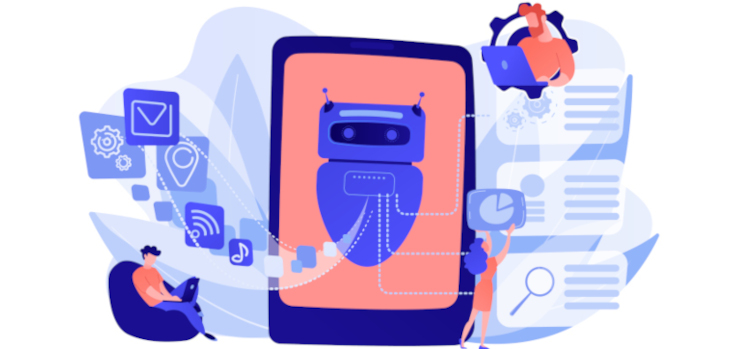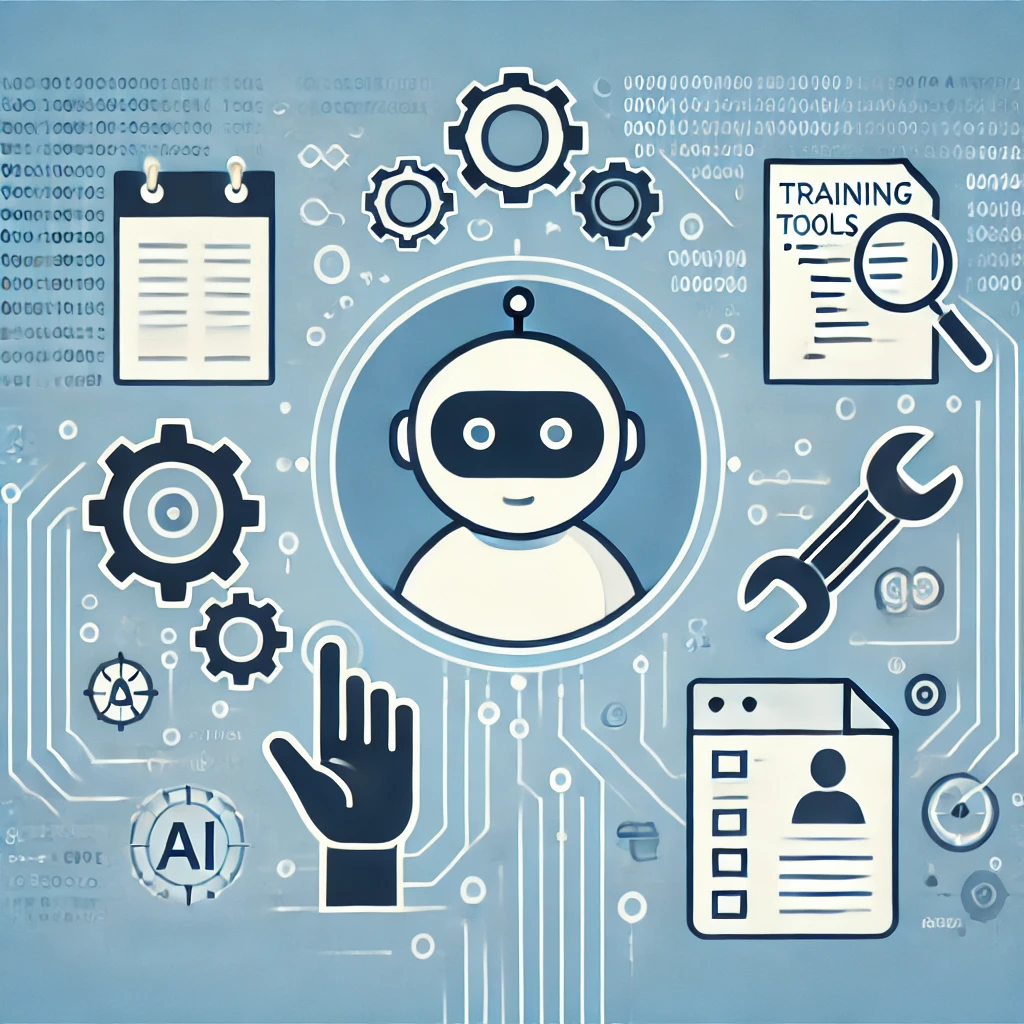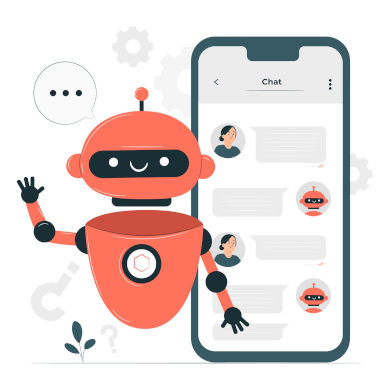
Best Practices for Training AI Chatbots
Training an AI chatbot effectively is essential to ensure it delivers accurate and helpful responses. This guide will walk you through the best practices for training AI chatbots, including selecting appropriate datasets, using training tools effectively, and maintaining the bot's quality over time. Additionally, we will cover common mistakes, ensuring your chatbot functions optimally.
1. Dataset Selection and Using Training Tools
Selecting the right dataset and using effective training tools are important steps in training an AI chatbot. To build an intelligent assistant, it's important to gather high-quality, diverse data that reflects the types of questions and topics your users are likely to ask. We offer two methods for training your AI chatbot:
Submit URLs for Crawling: One efficient way to gather relevant training data is by submitting your website's URLs. In our service, users can simply use our "crawl" feature to automatically extract text from your website pages. The AI bot is then trained with this content instantly. This is an easy way to obtain a wide array of content that can be used for training.
Supplement with Custom Text: Beyond automatic crawling, it's essential to add your own custom texts.
These texts can be simple statements or question and answer pairs.
We recommend keeping them between 15 to 80 words to ensure effective training.
Manually adding specific texts helps address common customer questions and fill any gaps left by the website crawl,
ensuring that every topic is well covered.
2. Maintenance Tips
Training an AI chatbot is an ongoing process, and effective maintenance ensures that the bot remains accurate over time. Here are some tips for maintaining your chatbot:
Evaluate Conversations Regularly: Frequently review chat history to identify where responses may be inaccurate or where training data is insufficient. This will help you detect areas for improvement.
Update Training Data: Manually update or add new training texts when necessary, especially when there are changes to your website or new information is introduced. Avoid duplicating content to maintain quality and relevance. If substantial changes are made, consider deleting old training texts and re-crawling the updated pages or manually inserting the new texts.
Continuously Add New Texts: It's important to continue adding new texts to help the bot learn to respond to emerging topics
or new customer concerns. The more questions and answers the bot is exposed to,
the better equipped it will be to handle customer interactions.

3. Common Mistakes and How to Avoid Them
Training chatbots can be challenging, and there are some common pitfalls to avoid:
Using Unstructured or Irrelevant Data: If the dataset is unstructured or irrelevant, it will result in poor chatbot performance. Always review content to ensure it's relevant, clear, and concise. Remove redundant training texts that convey the same meaning to avoid confusion.
Neglecting Human Oversight: AI chatbots can't work perfectly on their own. It's important that human trainers regularly oversee training, edit responses, and remove or correct problematic data points.
Failing to Update Regularly: A chatbot trained once without updates will become obsolete quickly.
Consistently adding and refining the data ensures that the bot remains useful and effective.
Final Thoughts
Effectively training an AI chatbot requires attention to detail, consistent review, and a proactive approach. Utilizing both automated crawling and manual text additions, while maintaining a high-quality dataset, ensures that your chatbot will provide a high level of service to your users. Remember, the key to a successful AI chatbot is continuous learning and improvement.
By following these best practices, you can train an AI chatbot that delivers accurate and helpful responses,
enhancing customer satisfaction and overall user experience.
Give it a try for free: Discover how our AI chatbot can enhance your website!








